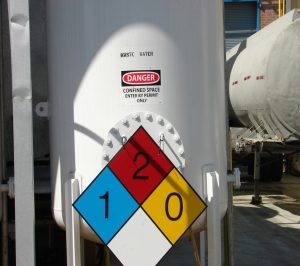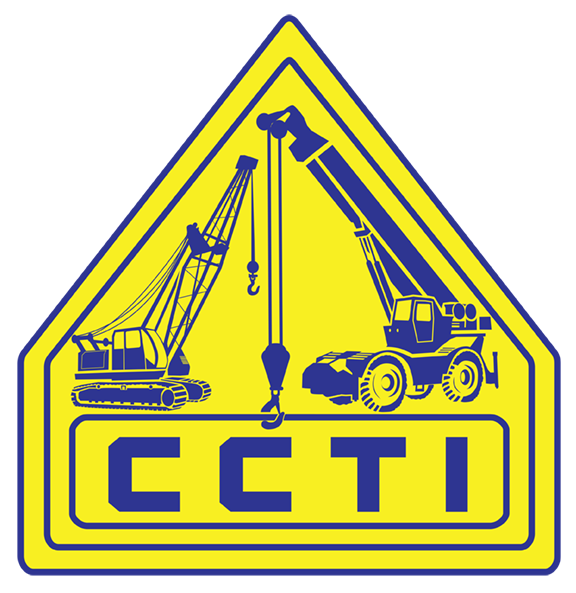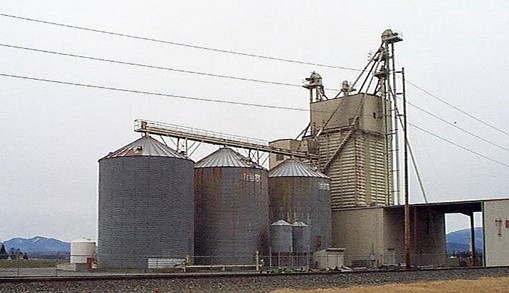 This course is designed to make all employees exposed to confined spaces aware of the present and potential hazards and the various controls. This course covers OSHA and other pertinent standards relating to Confined Spaces.
This course is designed to make all employees exposed to confined spaces aware of the present and potential hazards and the various controls. This course covers OSHA and other pertinent standards relating to Confined Spaces.
OSHA confined space entry standards for General Industry (1910.146); Construction Industry (1926.21, subpart C, and subpart P); and Shipyard (1915) require companies to implement a comprehensive confined space entry program if their employees will enter permit-required confined spaces
permit-confined-spaces.
A major element of a confined space program is providing confined space training for all employees involved in confined space entry work. Many workplaces contain spaces that are considered “confined” because their configurations hinder the activities of employees who must enter, work in, and exit them. A confined space has limited or restricted means for entry or exit, and it is not designed for continuous employee occupancy. Confined spaces include, but are not limited to underground vaults, tanks, storage bins, manholes, pits, silos, process vessels, and pipelines.
OSHA uses the term “permit-required confined space” (permit space) to describe a confined space that has one or more of the following characteristics: contains or has the potential to contain a hazardous atmosphere; contains a material that has the potential to engulf an entrant; has walls that converge inward or floors that slope downward and taper into a smaller area which could trap or asphyxiate an entrant; or contains any other recognized safety or health hazard, such as unguarded machinery, exposed live wires, or heat stress.



